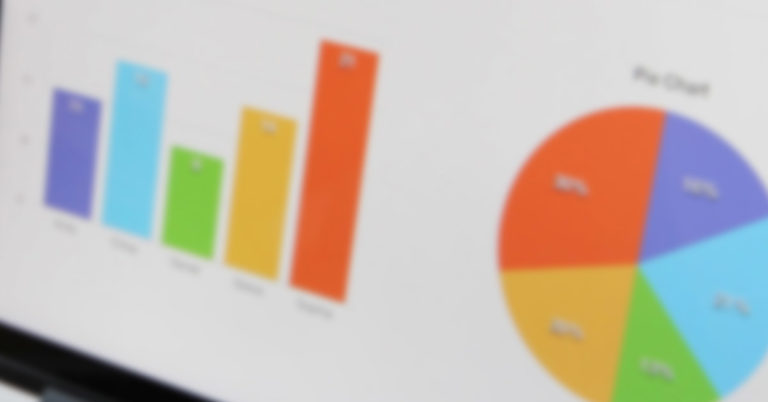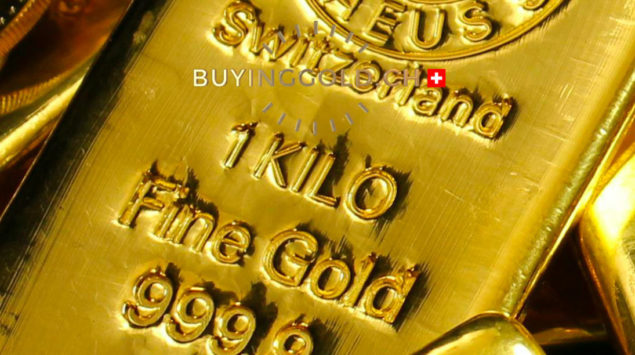
This is certainly one of the most common tips when deciding whether or not to invest in gold: it is best to buy when real rates are low because the price of the precious metal is rising. But what is this real interest rate? It is obtained by a learned calculation, which consists in removing the rate of inflation from the interest rate generated by an investment, whether from real estate or banking. When it is below 2%, this real interest rate is an interesting indicator to purchase gold.
The reason is simple and follows the logic of supply and demand: when the real interest rate is low, the investment in gold attracts few buyers, who prefer to turn to other types of products, like real estate. When the real interest rate is high, it is the opposite. Because gold can indeed beat or at least neutralize inflation.
Examples in the past show that changes in real interest rates have changed the price of gold. In a decade, in the 1980s, the price of the precious metal had risen by 1,800%, influenced by monetary inflation which had jumped by 105% over the same period.
The performance of gold is therefore excellent when real interest rates become negative, even though the collapse of the dollar had also played a role in this. After this episode, for two decades, the price of gold remained stable while real interest rates were positive. And when these rates are negative, it is a boon for gold investors, especially since real interest rates are a symptom of poor monetary, economic and banking situations. In this case, gold can therefore stand out.
ATCBG/FGE/ATC













